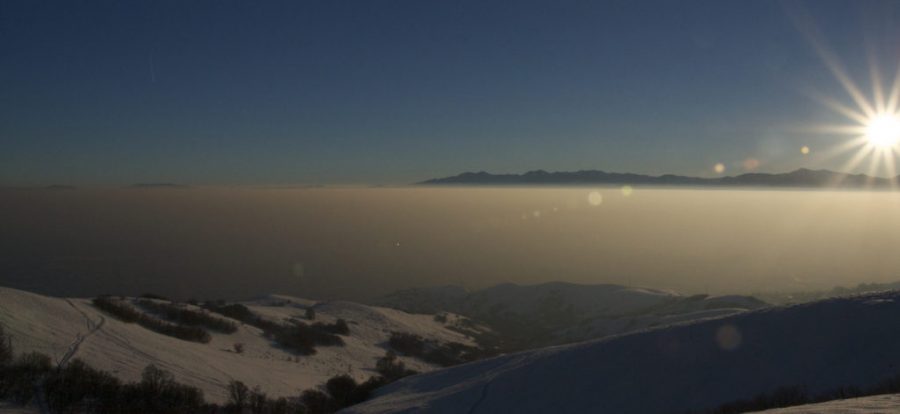As air pollution continues to be a pressing issue effecting Utahns, the conventional wisdom about conservatives and the environment may not apply. A 2016 survey found that even in our traditionally red state, 68 percent of Utahns were highly concerned about air quality, including 61 percent of Republicans. 41 percent of those surveyed even agreed that the government ought to improve it at the risk of tax increases, compared with only 33 percent who disagreed. Despite this cross-partisan desire for action, our state government still relies primarily on federal EPA regulations that are slow to require change and that do not address the severity of Utah’s present problem. It is high time that Utah crafts its own comprehensive set of regulations to deal with our air pollution.
Despite the high visibility of the issue, air quality remains a significant problem in Utah. A 2015 report by the American Lung Association gave Utah air an “F” grade, with many parts of Utah registering more unhealthy pollution days than they had the year before. The report warned that pollution at these levels can cause asthma attacks, coughing, heart issues and even cancer. Utah is particularly at risk because, as a mountainous state, we are prone to inversions that keep the particles within our air for longer periods of time. The inversion this February was one of the worst for Utah air since 2013, with fine particulate levels almost double what the EPA considers healthy. Air pollution can also cause visibility issues that threaten the beauty of our national parks, most of which barely passed a 2015 air quality test.
So far, Utah policy has primarily lagged behind federal policy, with legislators and agencies simply waiting for federal requirements before action is taken. This is illustrated by how Utah is handling increased ozone pollution in Salt Lake county, Davis county and the west side of Utah county. Governor Gary Herbert has called for these areas to be labeled “non-attainment zones,” signaling that they have ozone levels in the air that exceed the federal EPA limit. Since this designation will not require action unless the zone remains polluted for three years afterward, it is unlikely to spur immediate action. When Utah has not been following EPA guidelines, it has been fighting them, as it did when the state’s Department of Environmental Quality filed a legal challenge against the EPA to reduce requirements for allowable levels of carbon emissions.
Many of the arguments Utah legislators and regulators give for fighting federal rules are understandable. It is definitely the case that federal regulations can ignore the specifics of our state. This does not, however, justify inaction. Current policy, which amounts to little more than fighting with the EPA over specifics, provides few alternative means to deal with haze the Utah way. In the absence of alternatives, all Utah has to rely on are EPA standards. The continued problems with Utah’s air shows that the current plan of “wait and see” is not acceptable.
As air quality becomes an issue which voters remain deeply concerned about, now is a good time for Utah legislators to craft serious legislation to reduce the amount of pollutants in the air. Such a policy would please Utah voters who consider air quality to be a continued problem in our state. More importantly, it would help make Utah air free of harmful chemicals and keep our parks clear and beautiful.


